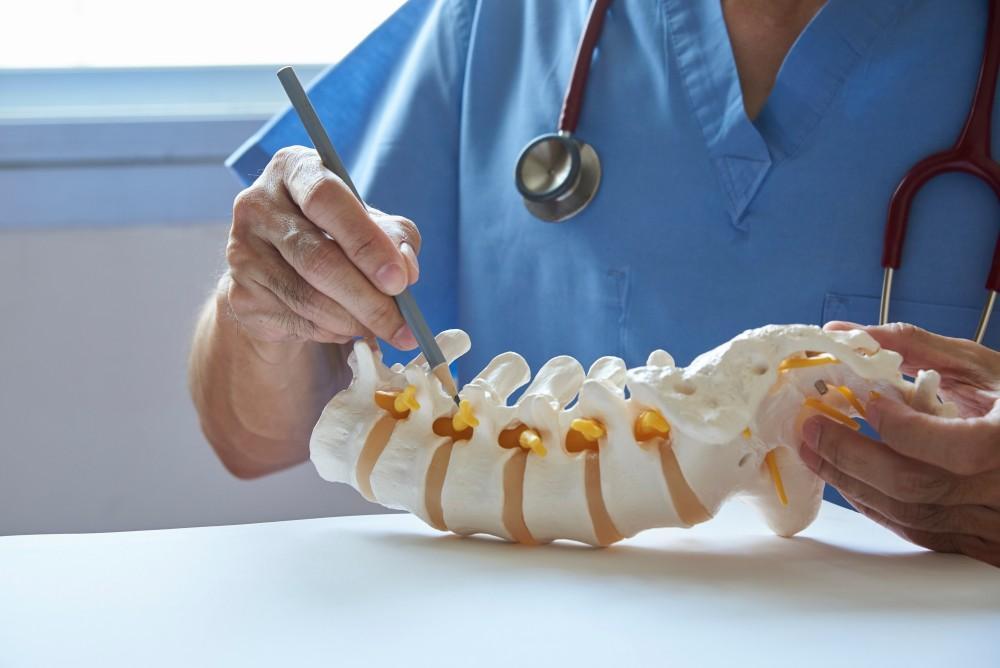
5 Sciatica Treatments that Can Help

The sciatic nerve extends from the lumbar (lower back) spine and splits off into two branches, each of which travels through your buttocks and down the outside of your legs and into your feet. It’s the longest nerve in your body, servicing the back of your thighs and your lower legs.
Sciatica is a common condition, and 40% of Americans will experience it at some point during their lives. If anything presses on the nerve’s root at the L4-L5 and/or L5-S1 vertebral junctions in the spinal column, you can experience pain, numbness, and tingling along the nerve’s considerable length. The pain can range from a mild, intermittent ache to a constant, crippling burn.
At Vertrae®, board-certified neurosurgeon Dr. Kamal R. Woods and his team know how painful sciatica can be and how it can impair your daily activities. Here they present five sciatica treatments that will help you get out of pain and resume your daily activities.
What causes sciatica?
The causes are varied, but all lead to a “pinched” nerve root.
Aging
Two of the most common causes of sciatica occur more often as you get older. The first is herniated discs, where the intervertebral discs lose moisture and break. The inner gel oozes out, pressing on the nerve. The second is bone spurs, bony growths that develop when vertebrae rub against each other; the extensions put pressure on the nerve.
Carrying extra pounds
Excess weight strains your spine, and a 2014 study found an association between being overweight or obese and developing sciatica. Eating a well-balanced diet and getting regular exercise can help you lose weight and reduce your pain, while improving your cardiovascular and overall health at the same time.
Occupational hazards
If you sit at a desk all day and your station isn’t ergonomically designed, it’s hard to maintain good posture. This stresses your spine, which puts pressure on the nerve roots.
Also, jobs that require you to routinely bend and twist or lift heavy objects increase your risk for developing sciatica, as you’re taxing your spine. You should lift from your knees, not your back, to protect your spine.
5 sciatica treatments that can help
Sciatica generally responds well to conservative treatments, and we always start with those. We target both your immediate pain and the underlying problem(s). The three conservative treatments we use include:
1) Oral medications, such as non-steroidal anti-inflammatory drugs, relieve pain by decreasing inflammation. If over-the-counter NSAIDs don’t work well enough, we can prescribe something stronger.
2) Steroid injections contain both a fast-acting anesthetic that immediately dulls the pain and a longer-acting steroid that fights inflammation. We inject it directly into the joint that’s causing the problem. This can eliminate your symptoms for several months, giving you the ability to engage in the third treatment option — physical therapy.
3) Physical therapy (PT) improves flexibility while helping to strengthen tissues in the lower back, pelvis, abdomen, thighs, and buttocks.
The goals of PT for sciatica are to:
- Restore pain-free movement
- Relieve nerve root compression
- Reduce muscle spasms
- Restore lumbar spine function
- Improve mobility of entire lower body
- Decrease inflammation
- Prevent future pain flare-ups
Dr. Woods also uses two surgical approaches when conservative measures fail to provide relief.
4) A laminectomy addresses problems such as bone spurs or spinal stenosis (narrowing of spinal canal). Dr. Woods removes a portion of the vertebrae causing the symptoms, relieving pain, eliminating pressure on your nerves, and restoring your physical function.
5) A microdiscectomy is a minimally invasive procedure where Dr. Woods trims or removes the herniated disc, thereby relieving pressure on the nerve root.
If you’re struggling with sciatica pain and discomfort, Vertrae® can help. To learn more, or to schedule a consultation with Dr. Woods, call us at either location, or book online with us today.
You Might Also Enjoy...


4 Benefits of Outpatient Spine Surgery

Am I a Candidate for Kyphoplasty?

Pulled Muscle vs. Pinched Nerve: What's the Difference?

4 Subtle Signs of Sciatica

